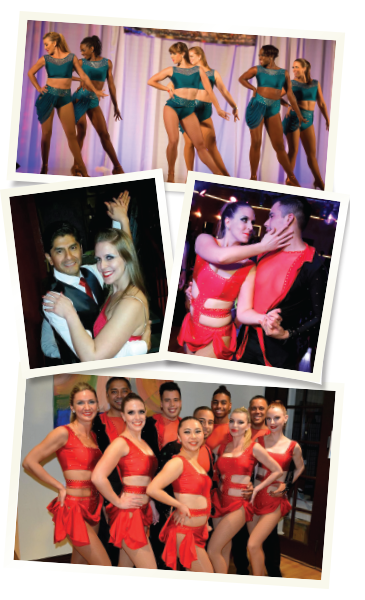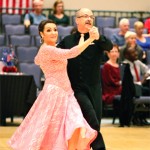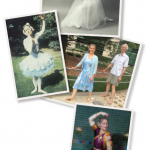Alyssa B. Dufour, PhD, is a salsa dancing junkie. Besides taking weekly dance lessons, she salsa dances three times a week at local clubs or studios and practices routines around the house—while cooking dinner, getting dressed or watching TV. She can’t seem to get enough of the social dance that has boosted her confidence in both her career and personal life.
Dr. Dufour is an assistant scientist and biostatistician at the Institute for Aging Research at Hebrew SeniorLife and instructor in medicine at Harvard Medical School in Boston. She received a doctoral degree in biostatistics in 2013 from Boston University and undergraduate degrees in both math and French—with a minor in computer science—in 2004 from Stonehill College in North Easton, Mass. Because her chosen profession is highly structured, dancing salsa is a way for Dr. Dufour to break loose from medicine’s traditional constraints.
Plié to Line of Dance
Dr. Dufour was introduced to dance when she was 5 years old.
“I started taking ballet and tap lessons like most little girls,” she says. “My mom said I cried every single time I had to go practice. I just didn’t want to go, [so I] quit.”

Top: Salsa y Control’s Gusto performing at the Salsa Festival in Boston in August 2016. Dr. Dufour is in the back row on the far right side. The men are out of view on the right side of the stage. Middle: Dr. Dufour with her partner after a performance of her first routine with Salsa y Control’s Gusto in December 2014 at the Havana Club in Cambridge, Mass. Above: The Alma Latina bachata team after the debut performance of their first routine in Cambridge, Mass. Dr. Dufour is the second woman from the left.
But she returned to ballet years later when she was in graduate school. She took lessons for nearly 18 months, learning the basic steps and positions, such as plié, tondu and sauté. In spring 2013, two girlfriends encouraged her to buy a $20 Groupon for six weeks of salsa dance lessons at a nearby dance studio. Although she thought the idea was “stupid,” she succumbed to their peer pressure and called the studio to register.
“The woman who answered the phone said to just show up,” she recalls. “I asked what if 400 people show up? How do you know there’s going to be enough room? I was very irritated, annoyed at what seemed like a lack of organization.”


